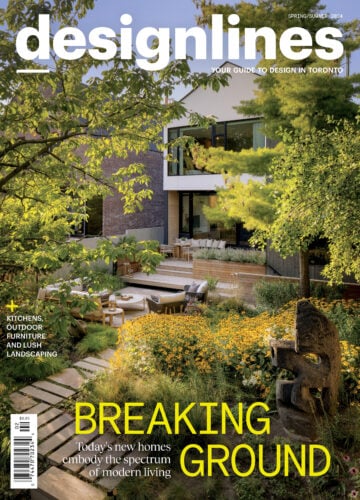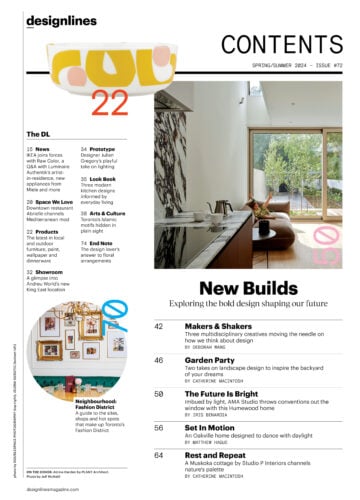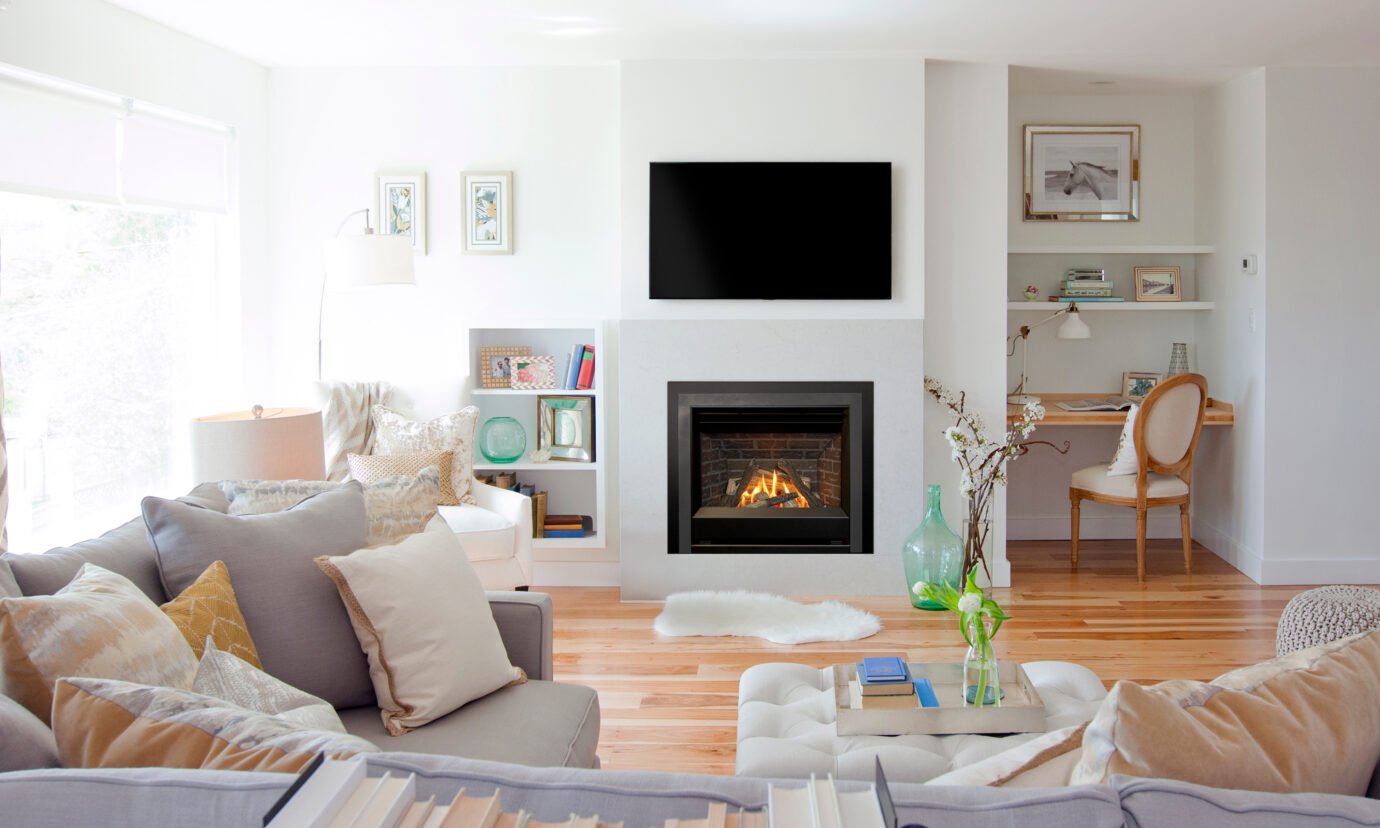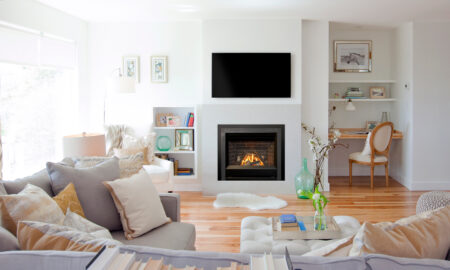How Stacklab’s Felt Series Disrupts the Design Process
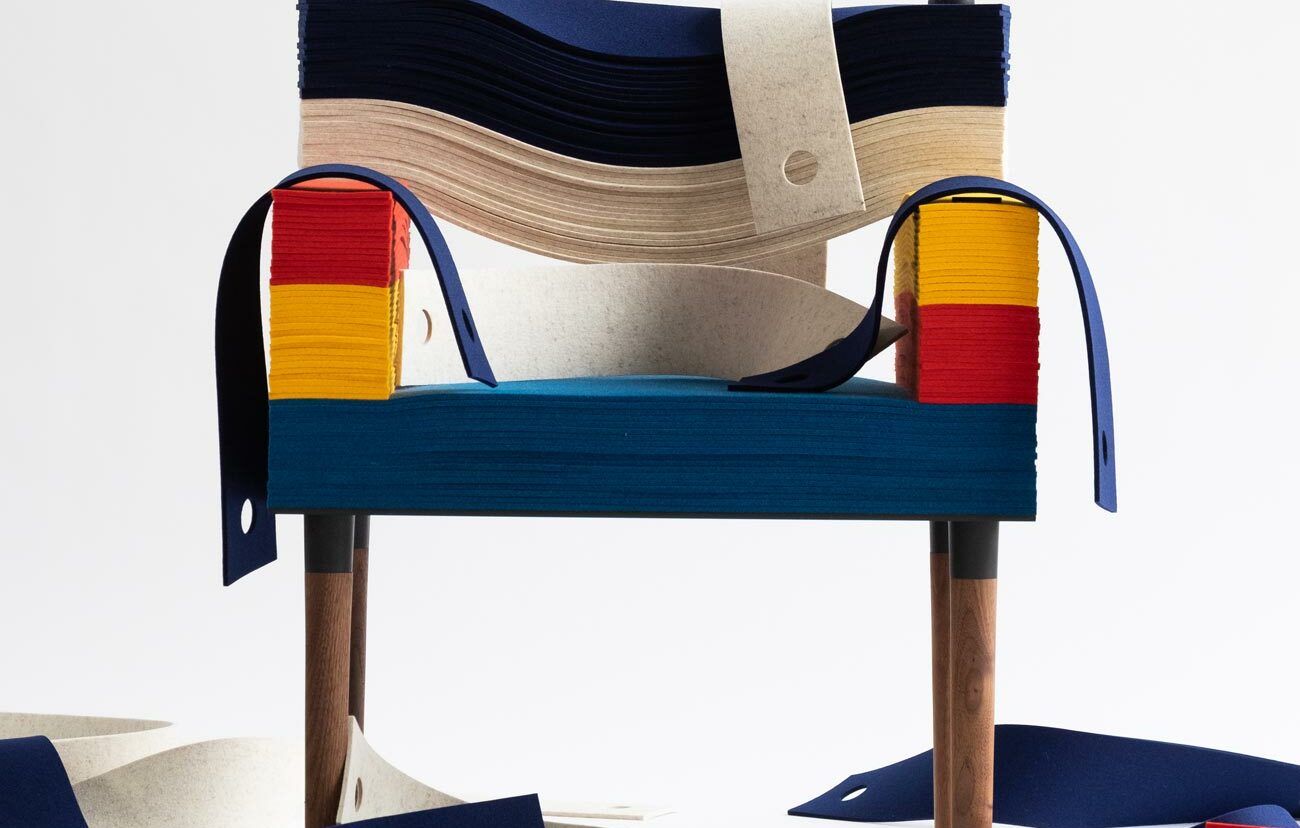
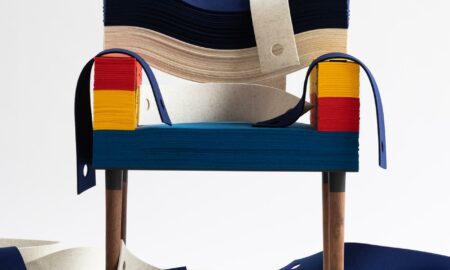
The Felt Series starts with materials. The design? That comes later
Before we get to the rainbow-bright, perfectly proportioned and cushy Felt chair, let’s first address the name of the experimental design studio that made it: Stacklab, who we wrote about last year. The moniker is a riff on “tech stack,” a term borrowed from the technology industry to describe the applications required to complete a task. If you are an editor, you plan in Excel, write with Word and tweak layouts through InDesign; the stack is pretty clear-cut. But if you’re a Stacklab designer, you piggyback off existing technologies, infrastructures and human resources to invent a design process, not reinvent another. “The last thing the world needs is another chair,” says Stacklab founder Jeffrey Forrest, “but it does need innovation. And sometimes a chair is a good conduit for a more important conversation.”
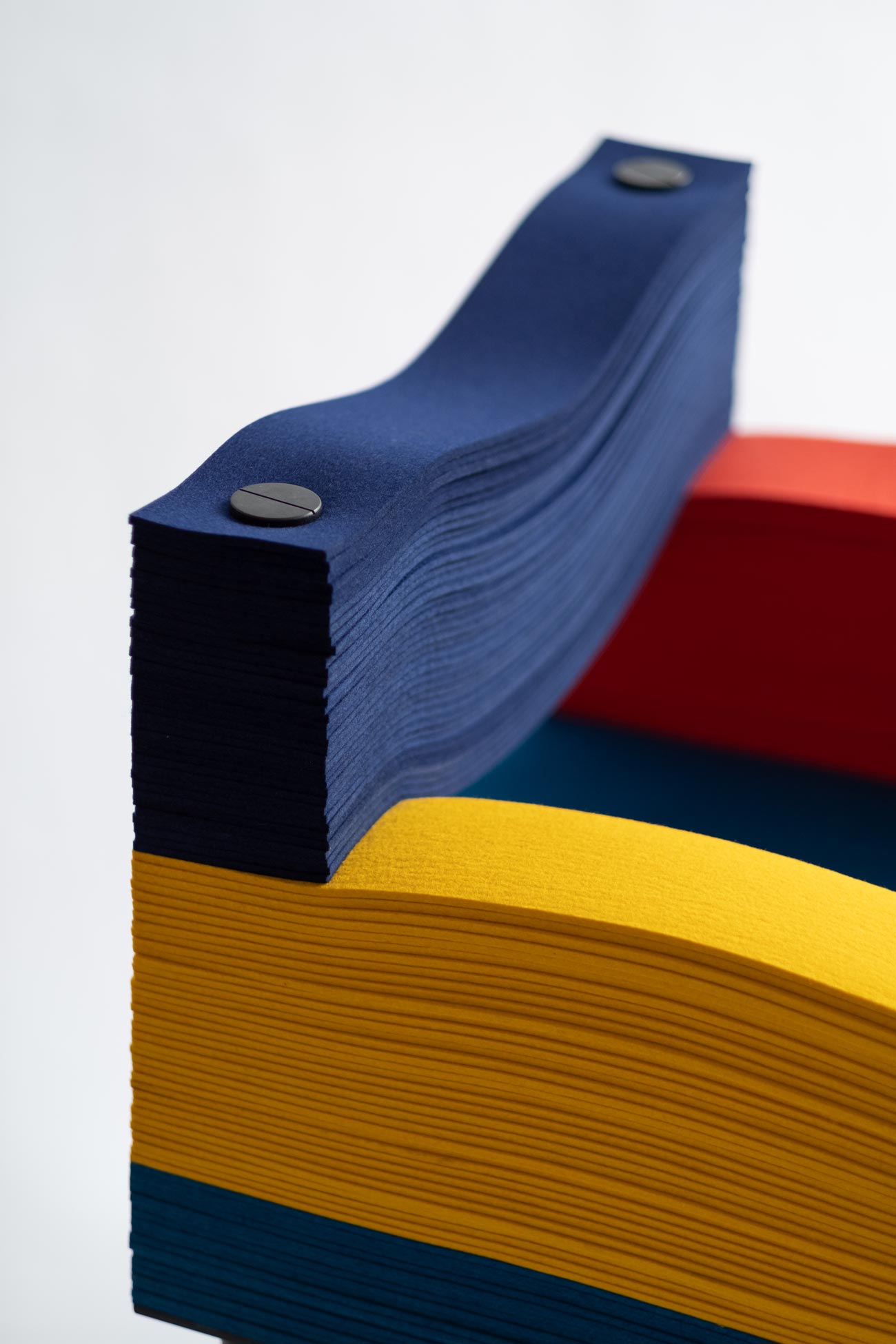
The piece of furniture we’re talking about was born in much the same way as the speculative design lab’s other objects and projects: with a field of inquiry. In this case, it was upcycling. They asked, “What can we do with offcuts that take up valuable warehouse space?” Then, a premium material was chosen – one with infrastructure and expertise built around it that could be tapped into. The material’s existing catalogue was examined and a digital script written to optimize it for cutting yield, shipping and handling. The final form, a natural expression of process, was also geometrically balanced for ergonomics.
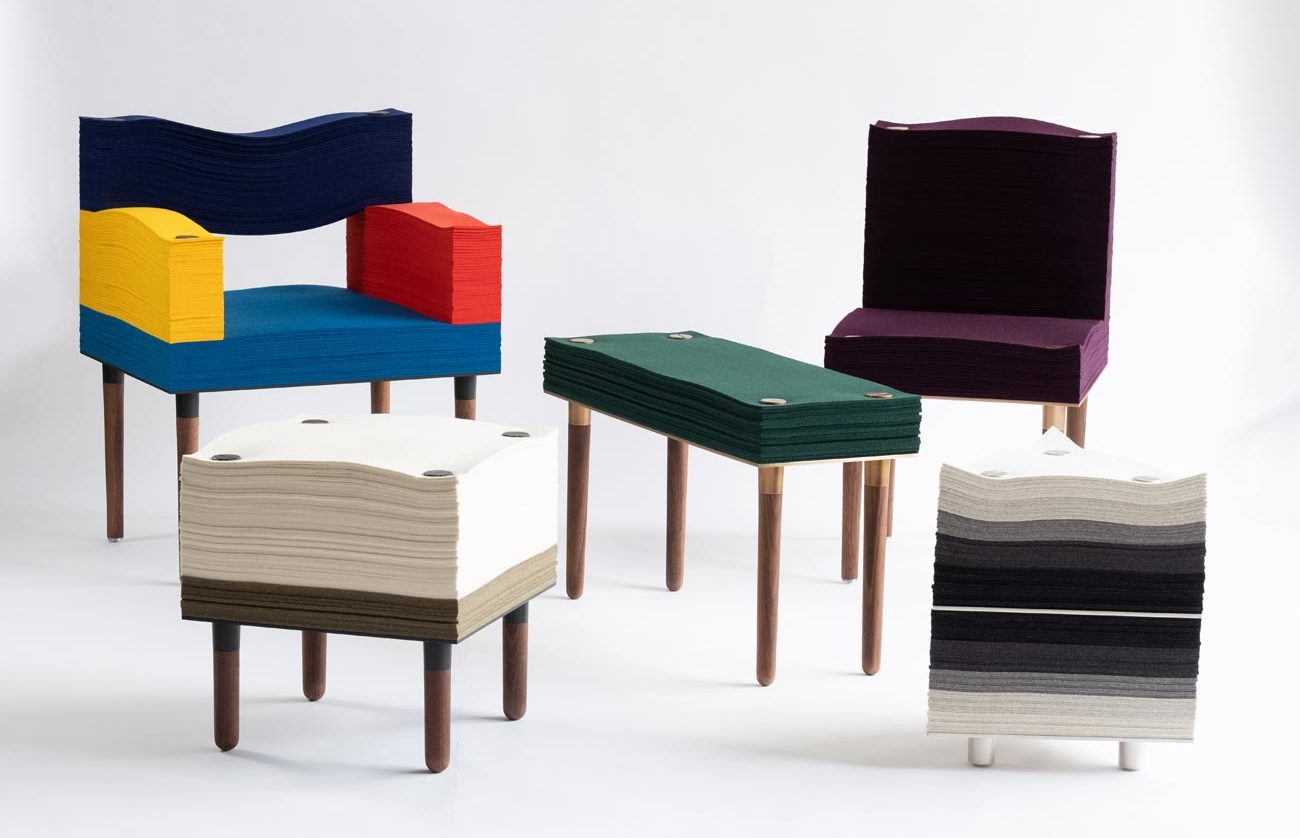
Here, the design lab disrupted existing methods of processing felted merino wool, the material used not just to upholster but to build a chair. The five-millimetre-thick fabric is clamped together from its back- and armrests right down to its feet by plated steel; custom colour combinations are just for fun. And it’s not alone: the chair is part of a series made up of additional seats and a table, each abiding by Stacklab’s from-scratch design process, leaving us with plenty to talk about. STACKLAB.CA
